WEAVING
Weaving
In this region, the production of wool and linen is documented at least since the Roman Times, not only for the material traces found in archaeological contexts, but also by the reports of the classical authors who refer to its use in clothing. During the Middle Ages, they continued to be the main raw materials used in clothes and homemade cloths production, being also one of the most internationally traded products, raising the fabric merchants to prominent figures of the urban bourgeoisie. Among cloths, linen stands out for its quality and, when measured in varas, also served as payment of taxes and rents, as did the cereals and the cattle.
In Penafiel, the manufacture regulation and fabrics marketing only took place after the creation of the Arrifana of Sousa’s village, in 1741, with the elaboration of the Regiment of the Weavers Crafts in 1742, which remained in force until 1801. Through the analysis of this regulation we found that textile work was eminently female (aspect that characterizes this craft until today) and refers to the linen production, although the trade of silk, wool and cotton cloths is also documented in other sources.
Traditionally, the economy of a farmhouse was not focused only on the farming production and livestock. Meeting household needs, the family was also dedicated to processing products such as wool and linen. The linen was produced in the domestic context and for family consumption, used in clothing, house clothes and trousseaux, being the surpluses later sold at the fairs, in particular on the first day of the Saint Martin’s Fair. This reality has changed with the industrialization and the emergence of new textiles, which caused a decrease in flax cultivation and artisanal production, almost nonexistent nowadays. Between the sowing (by the end of April and in the early May), the harvest (two months and twelve days later) and the fabric manufacture, takes place a long list of preparatory processes, generically called linen cycles. Dive the flax into the water and wash it, dry it in the sun, scotching it, hackling it, spinning it, whitewashing it, etc., are tasks that involve various instruments and the talent of their actors. If the production of the linen yarns was mostly homemade, weaving was a more specialized task, resorting to external weaving service, specifically the work of warp the loom, that was not available to all and, therefore, was better paid.
Already in the 19th century, the industrial development of cotton production in Penafiel, although quite shy and with reduced number of factories, most often short-stay, came to overturn the use of flax, which did not adapt to industrialization so easily. This kept the traditional form of domestic production, performed by women who accumulated the function of weaving with household duties, which also contributed to its rapid decline in the second half of the 20th century.
In 1988, there were forty-four weavers in Penafiel, twenty six of them were linked to the flax weaving and its derivatives. Nowadays, the numbers have become increasingly small, we can count twenty-four weavers in the entire county. However, many of these craftswoman, by their advanced age and health issues, no longer practice this craft, so the collection and transmission of its know-how is urgently needed to preserve this heritage. Despite that, once the flax artisanal production has been maintained, it revalued the fabric, as well as the long and hard work associated with it, transforming it into an object of value and prestige for important moments in the social life of communities.
Bibliographic References:
ANILEIRO, Ana Dolores Leal (2009/ 2010) – O Linho no Concelho de Penafiel. Dissertação de Mestrado em Arqueologia apresentada à faculdade de Letras da Universidade do Porto. Porto: edição policopiada.
ANILEIRO, Ana Dolores Leal (2016) – “Artes dos fios tecidos em Penafiel, histórias de vida”, I SEMINÁRIO: PENAFIEL E PENAFIDELENSES NA HISTÓRIA – Atas. Penafiel: Amigos do Arquivo de Penafiel, ISBN: 978-989-207084.
SOEIRO, Teresa (1993) – O Progresso também chegou a Penafiel. Resistência e mudança na cultura material (1741-1910). Dissertação de Doutoramento em Pré-História e Arqueologia apresentada à FLUP. Porto: edição policopiada.
SOEIRO, Teresa (2002) – El Lino en Penafiel, Norte de Portugal. De la producción doméstica para el mercado a la desilusión industrial, Actes de les V Jornades d’Arqueologia Industrial de Catalunya, Barcelona.



